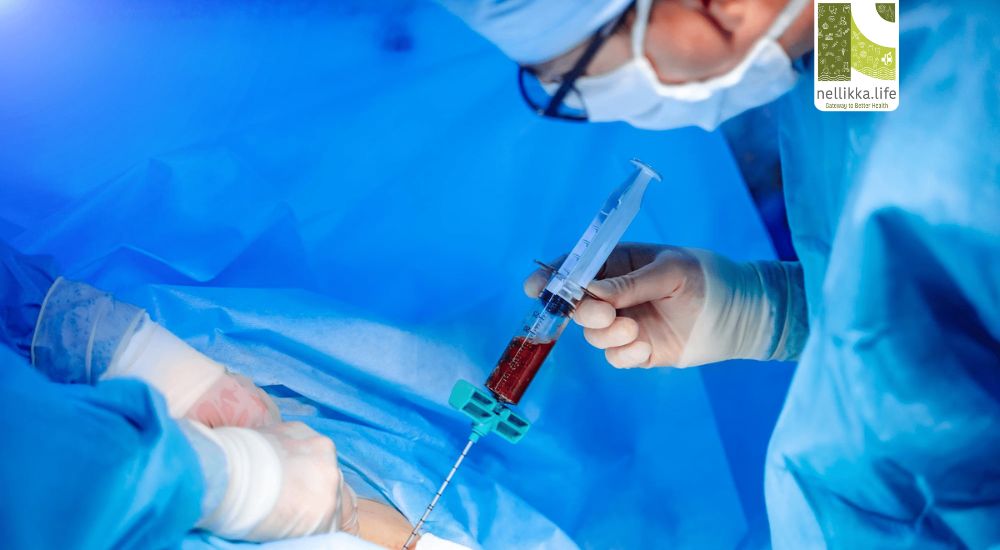Why Bone Marrow Transplant Procedure Matters: A Life-Saving Treatment for Children


Written by Dr. Raghu K S – Paediatric Oncologist
A Second Chance at Life, Through the Marrow of Hope
Bone marrow transplant (BMT) is not just a medical procedure—it is often the last line of defense and the ultimate hope for many children battling life-threatening illnesses like leukemia. Over the last four decades in India, this treatment has evolved into one of the most significant breakthroughs in paediatric oncology and haematology.
In this blog, I share the relevance and journey of bone marrow transplantation, along with a real story that reflects its emotional and medical impact.
What Is Bone Marrow Transplantation?
Bone marrow is the soft, spongy tissue inside bones that produces blood-forming stem cells. In cases where the marrow becomes diseased or fails, a transplant becomes necessary. Bone marrow transplant (BMT) involves replacing damaged or destroyed bone marrow with healthy cells—either from the patient (autologous) or a donor (allogeneic).
Why Is BMT Important for Children?
One of the most common cancers in children is leukaemia, especially Acute Lymphoblastic Leukaemia (ALL) and Acute Myeloid Leukaemia (AML). While chemotherapy remains the frontline treatment, some children experience relapses or resistance, requiring advanced therapy options like BMT.
Though not every child with leukaemia requires a bone marrow transplant, in select cases, it is the only curative option.
Beyond Cancer: Other Conditions Needing BMT
Bone marrow transplant isn’t limited to cancer. It plays a crucial role in treating:
- Thalassemia major
- Aplastic anemia
- Immunodeficiency syndromes
- Severe genetic blood disorders
When bone marrow stops producing blood or the immune system fails, a transplant can restore function and extend life.
A Real Story of Courage and Recovery
Let me take you into the life of a 16-year-old girl who walked into our hospital after fighting leukaemia for nearly 1.5 years at another centre. Despite multiple rounds of chemotherapy, the disease relapsed—again and again. By the third relapse, her family was emotionally shattered and financially broken.
They came to us with no hope left.
We stabilised her condition, and explained that bone marrow transplant was her only real chance for survival. Initially, the family was skeptical. They feared the risks, the expenses, and worst of all—another disappointment.
Our team stepped in—not just medically, but emotionally. We offered counselling. Our social workers raised funds. And her brother turned out to be a perfect donor match.
The process was done. Complications arose, as expected. But the disease was finally defeated.
Today, that young girl is alive and thriving. She’s a college student, and every time her parents come to meet us with gratitude in their eyes, it reminds us why we do what we do.
Breaking the Myths and Fear Around BMT
Many parents fear bone marrow transplants—some avoid it altogether due to myths or financial burdens. But the truth is, BMT has come a long way:
Better survival rates
Improved infection control
Availability of donor registries
Financial support programs
Delaying or avoiding the procedure can sometimes close the only window of survival.
When You Hear “Bone Marrow Transplant” – Don’t Panic, Learn.
If your doctor recommends BMT, it doesn’t mean it’s the end—it could be a new beginning. With proper counseling, donor identification, and supportive care, outcomes are increasingly promising.

Final Word
Words from Dr. Raghu K S
“Bone marrow transplant is not just a treatment—it is a commitment. A commitment to give every child, no matter how grim the diagnosis, a fair fighting chance. For families walking through that storm, know that science, empathy, and support can light the path ahead.”




